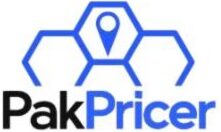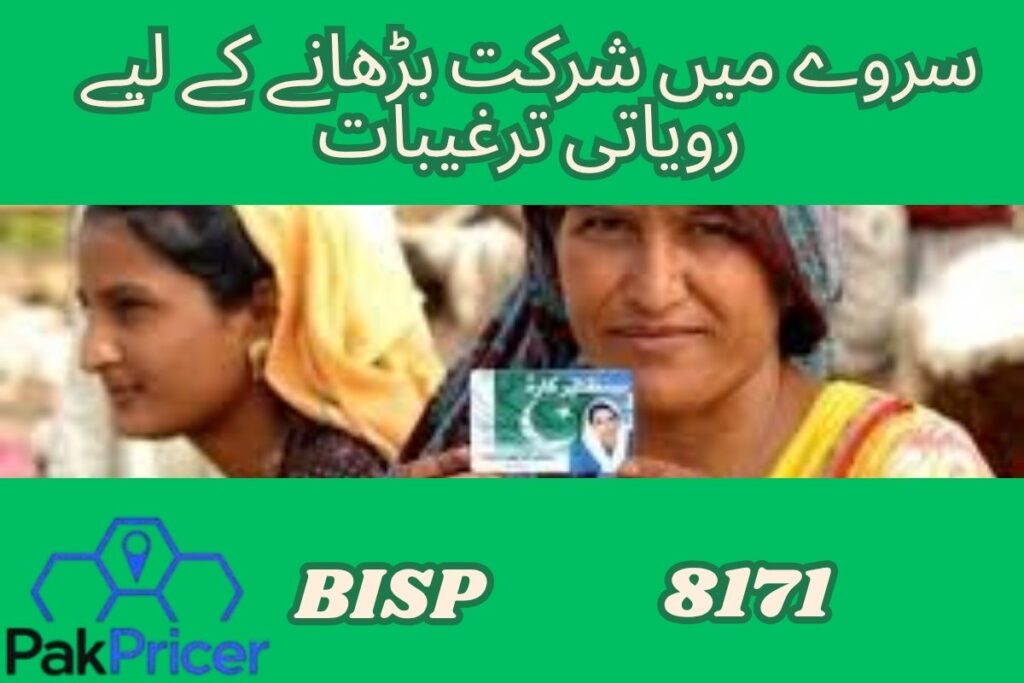July 23, 2025
Surveys can sometimes be a tough sell. For research, government planning or social-norming campaigns, low participation risks limiting the quality of data or decision-making.
And the good news is that it may make a big difference the way we ask people to participate. And here is where behavioral economics is relevant — the study not of how people ought to behave, but how they do.
Side-note: You may also like to check out how various reminder treatments (reminding via SMS, local authorities involvement, mailing letters) can indeed make a lot of difference to positive response in a survey in one of my articles I wrote. Supported by behavioral science, we are going to dissect it into step-by-step actions, which is going to make it actionable.
Why Do People Skip Surveys?
People don’t always refuse surveys because they’re uninterested. Life also has a way of getting in the way. Common reasons include:
Busy or distracted
Procrastination
Unclear purpose of participation
Distrust in the survey’s source
Message feels irrelevant
Behavioral science offers intelligent ways to address these problems by designing design and communication strategies.
Effective Reminder Methods
As survey reminders are classified into three types, let me apply them and look at how they increase responses.
SMS Reminders
People have their phones with them all the time. A short, plain text message can rapidly attract attention — often within minutes. That’s the trick in the way the message is crafted.
Behavioral tools such as urgency, social proof, and personal language jack up levels of action propensity.
Examples:
“More than half of your neighbors have filled the survey — have you?”
“Your suggestions can help local services to serve you better. Lend us your voice, in just 2 minutes!”
“Last chance! Help design the next project by Friday.”
Why SMS works:
Instant delivery
Easy to read and respond to
Can include clickable links
Effective across all age groups
Messages from Trusted Local Figures
People are more likely to act when a trusted local figure calls, he said. It can be a community leader, health worker, or school representative. Their influence instills confidence, especially when communities might be wary of data collecting.
Examples:
“As your health coordinator, please fill out the safety survey.
“Your opinion matters to us. Please take a moment to reply today.”
Why local figures matter:
Familiar with the community
Have a trusted voice
But how to make it seem more friendly.
Clarify the survey’s importance
Printed Notices or Flyers
Paper reminders remain a “tried-and-true” approach, particularly in areas with low levels of digital communication. Flyers, letters or notices are tangible nudges that push people to do something.
Tips for printed materials:
Use large, bold headlines
Provide clear instructions
Any deadline or call to action.
Keep the layout very simple and easy to follow
Why printed reminders work:
Useful for individuals without phones
Harder to ignore once in hand
Can be shared in public areas
What Makes a Reminder Effective?
No matter the way it ‘s told, the tone and structure of the message can have a HUGE influence on whether or not the message is received well. Here are five potent ideas from behavioral economics:
Social Proof
People are likely to imitate the behavior of other people.
Example: “Thousands of your neighbors have already answered.”
Loss Avoidance
People are sensitive to potential losses, rather than gains.
Example: “Do is added because we are telling the listener not to miss the opportunity to make decisions.
Urgency
Deadlines prompt action.
Example: “Make sure your voice is counted and complete the survey by Friday.”
Clear Language
Too much detail can overwhelm. Keep it simple and direct.
Example: “Click on the link to complete the two-minute survey.”
Personalization
Personal messages garner more attention.
Example: “Hey John, your voice matters to your community.”
Frequently Asked Questions
Which reminder method is best?
The Text with the most Interstate Love Song (SMS with the best wording is generally the best). And local notables boost the response even more.
Does message content really matter?
Absolutely! The tone, format, and framing of a message can transform a casual reminder into an impassioned call to action.
How many follow-ups can I send?
Two or three good nudges are most effective. And too many can be an annoyance to people, and one often isn’t enough.
Are printed flyers still useful?
Yes, particularly in places where there’s poor phone coverage. Make sure they are readable and provide clear directions.
Do I always have to involve the city elders?
Yes, if possible. It increases the confidence in their work – whether it’s for health, education, or safety.
Designing an Effective Reminder Plan
Here’s a step-by-step approach:
Email This first SMS should carry a friendly and easy text and a clear link or instructionYou have an invitation to …Send this first SMS -ad EmailTThis first SMS number one should offer a clear link or instruction, in a friendly and easy to understand text.
Drop a second SMS – Leverage urgency or social proof to inject that feeling of time-crunch.
Get a local figure to speak up — Whether it’s a short message, a recorded voice note or a flyer with their name and title on it.
Leverage printed materials – Distribute easily understandable flyers or letters for people who don’t have online access.
Be brief – Time is precious, don’t waste it on long words and elaborate verbs.
Final Thoughts
It doesn’t take fancy tools to increase survey participation—just the right approach. What’s more, behavioral economics teaches that tiny changes in the way we talk can have major effects.
Whether a text, a flier or a trusted local leader, the key is in how you ask, not just that you do. When they feel that their input counts, people are more inclined to respond. Make it simple, make it personal, make it timely and more people are more likely to engage.
4o







